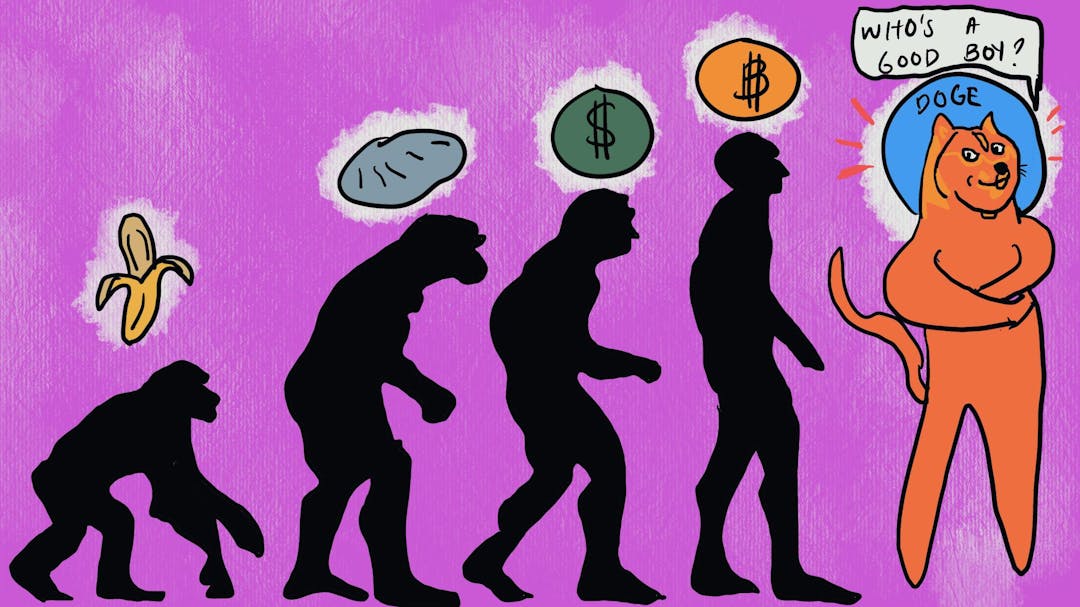About the Guest
Dilip Soman
Dilip Soman is a Canada Research Chair in Behavioural Science and Economics, and serves as a Director of the Behavioural Economics in Action Research Centre at Rotman School of Management at the University of Toronto. His research is in the area of behavioural science and its applications to consumer wellbeing, marketing and policy. He is the author of ‘The Last Mile’ and more recently, ‘The Behaviourally Informed Organization’ and he also teaches a massive open online course “BE101X: Behavioural Economics in Action” on the EdX platform. He holds a Bachelor’s Degree in Engineering from the University of Bombay, as well as an MBA from the Indian Institute of Management, and a PhD in Marketing and Behavioral Sciences from the University of Chicago.
About the Interviewer
Dr. Brooke Struck
Dr. Brooke Struck is the Research Director at The Decision Lab. He is an internationally recognized voice in applied behavioural science, representing TDL’s work in outlets such as Forbes, Vox, Huffington Post and Bloomberg, as well as Canadian venues such as the Globe & Mail, CBC and Global Media. Dr. Struck hosts TDL’s podcast “The Decision Corner” and speaks regularly to practicing professionals in industries from finance to health & wellbeing to tech & AI.
Listen to next
How to screw up less when it matters most: Olivier Sibony
Olivier Sibony brings strategic consulting experience and applied behavioral science to bear on the issue of decision-making in the C-suite.
Talking Through a Pandemic: Khan Bouba-Dalambaye
Khan Bouba-Dalambaye, leading expert in EDI programs, joins Brooke to discuss communication, friction, and disruptive change.
Corporate impact through profitable purpose: Phillip Haid
Phillip Haid, Social Impact Strategy expert, joins Brooke to discuss about corporate impact: the fads, the real thing, and how organizational decision making can contribute to building a better world.
Holistic, Human, and Honest Financial Planning with Cary List
Cary List, leading financial planner and former FP Canada CEO/President, joins Brooke to discuss the future of holistic financial planning.





